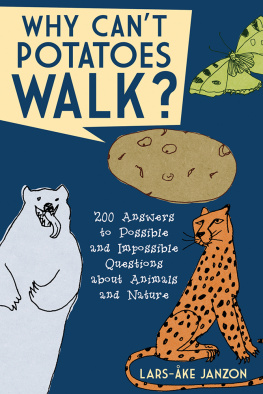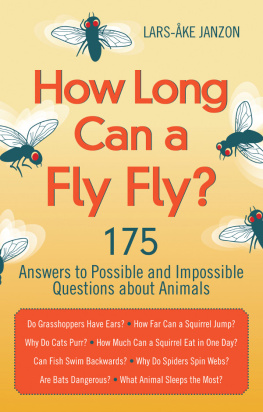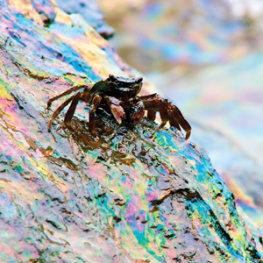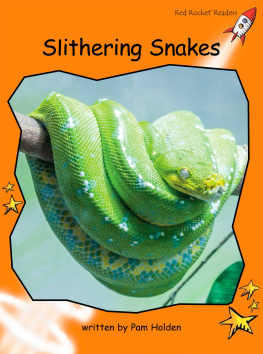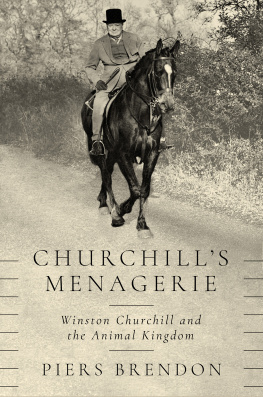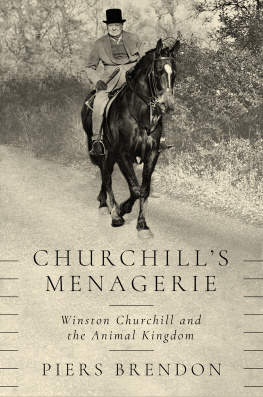WHY CANT
POTATOES
WALK?
Also by Lars-ke Janzon:
How Long Can a Fly Fly?

WHY CANT
POTATOES
WALK?
200 ANSWERS TO POSSIBLE AND IMPOSSIBLE
QUESTIONS ABOUT ANIMALS AND NATURE
LARS-KE JANZON
TRANSLATED BY
BRANDON SCHULTZ

Skyhorse Publishing
Publishers note: Why Cant Potatoes Walk? was originally published in Sweden, so readers may notice the book contains a large number of facts about animals in Scandinavia, in addition to trivia about animals around the world.
Copyright 2013 by Lars-ke Janzon
English translation copyright 2013 by Skyhorse Publishing, Inc.
First published by Norstedts, Sweden, in 2012, as Varfr kan inte potatisar g? by Lars-ke Janzon. Published by agreement with Norstedts Agency.
Designed and illustrated by Lukas Mllersten
All Rights Reserved. No part of this book may be reproduced in any manner without the express written consent of the publisher, except in the case of brief excerpts in critical reviews or articles. All inquiries should be addressed to Skyhorse Publishing, 307 West 36th Street, 11th Floor, New York, NY 10018.
Skyhorse Publishing books may be purchased in bulk at special discounts for sales promotion, corporate gifts, fund-raising, or educational purposes. Special editions can also be created to specifications. For details, contact the Special Sales Department, Skyhorse Publishing, 307 West 36th Street, 11th Floor, New York, NY 10018 or info@skyhorsepublishing.com.
Skyhorse and Skyhorse Publishing are registered trademarks of Skyhorse Publishing, Inc., a Delaware corporation.
www.skyhorsepublishing.com
10 9 8 7 6 5 4 3 2 1
Library of Congress Cataloging-in-Publication Data is available on file.
ISBN 978-1-62087-734-0
Printed in the United States of America
CONTENTS
INTRODUCTION
Why Cant Potatoes Walk? Why is this the title of a book about animals, large and small?
Yes, one may certainly wonder about this. When I made this book and its predecessor, How Long Can a Fly Fly?, I strived to inspire a curiosity about, and an understanding of, what life and evolution werehow nature had arranged these for itself. The question why cant potatoes walk? is related to this.
Well, why cant they?
In short, I could say because they do not need to! But of course its a little more complicated than that. Animals and plants have developed such an incredible variety of ways to find food, procreate, protect against enemies, and so on. This natural diversity never ceases to fascinate me, and I hope to convey this fascination in my books. Hopefully, the reader also picks up a few things, more or less useful, along the way. Happy reading!


HOW THEY LOOK!



COLORS

Are zebras white with black stripes or
black with white stripes?
For a long time it was thought that zebras were white with black stripes, but current embryological research shows that the opposite is true.
All zebras have a dark base that is black, brown, or beige, depending on the species. Over this dark base run white or light gray stripes, which may run together across the abdomen, creating a cohesive field of stripes. Even the tail and mane are colored, and there is a fine tuft of hair at the bottom of the tail.
SILVER, RED, OR BLACK
It is not uncommon to find different color variations within a species. For example there are three color variations of red fox, namely, red, cross, and black.
The black fox is jet black and can appear to be a shining silver color when its topcoat is laced with white tips. The cross fox has a black band along the back and another one across the shoulders, forming a cross. And the red fox is, of course, red.
Genetic expression of these variants is determined by four different genes, which interact in various combinations. Extreme groups consist of the red and silver, while the cross fox is an intermediate form. Although not common, black foxes are quite natural.
In addition to the three basic variants, there may be different color variations in natural fox populations.
FIREFOX
One of these is that which Linnaeus called firefox, and it has a black-tipped tail and an ashen stomach, like a red fox that walked through a fire. Linnaeus first classified this as a separate species, Canis alopex, but later reconsidered. In Fauna Suecica Linnaeus wrote: C. vulpes ferrugineus, which means rust- or generally dark-colored.
Other unusual color variants of foxes include a white coat with black-tipped ears or a white ring around the neck.


What color would a chameleon be on a chessboard?
One thing we can immediately conclude is that the chameleon would not be checked in black and white. There are about 80 different species of chameleon worldwide, and no species behaves exactly the same as any other. The color change, caused by contraction or expansion of microscopic pigment cells in the skin, is primarily due to light, temperature, or the animals state of mind. Color change, therefore, does not depend on the background. In general, chameleons get brighter at higher temperatures; thus, they become lighter at night and bolder in strong light. When a chameleon is scared, it will become mostly grayish-brown. There are numerous factors that affect a chameleons color at any given time, and each species generally has a rather limited color range.
Why are polar bears white?
Polar bears have white fur to blend in with their surroundings and, underneath, they have black skin to more effectively absorb heat. Each hair is hollow to provide optimum insulation against cold. (This is believed to be the reason that the coat looks black when photographed with ultraviolet light. UV light is evidently absorbed by the hollow strands. This effect also may make the coat appear yellowish.) The hair conducts heat radiation to the black skin and helps the animal to absorb as much heat as possible. Add a 4-inch layer of pure fat and you will understand how polar bears keep from freezing. In fact, they must move slowly to prevent overheating in the Arctic, where the temperature does not exceed 50F in the summer and drops to 40F in the winter. In contrast to many other animals, the polar bears fur does not change in the summer, but remains thick and white year round.


